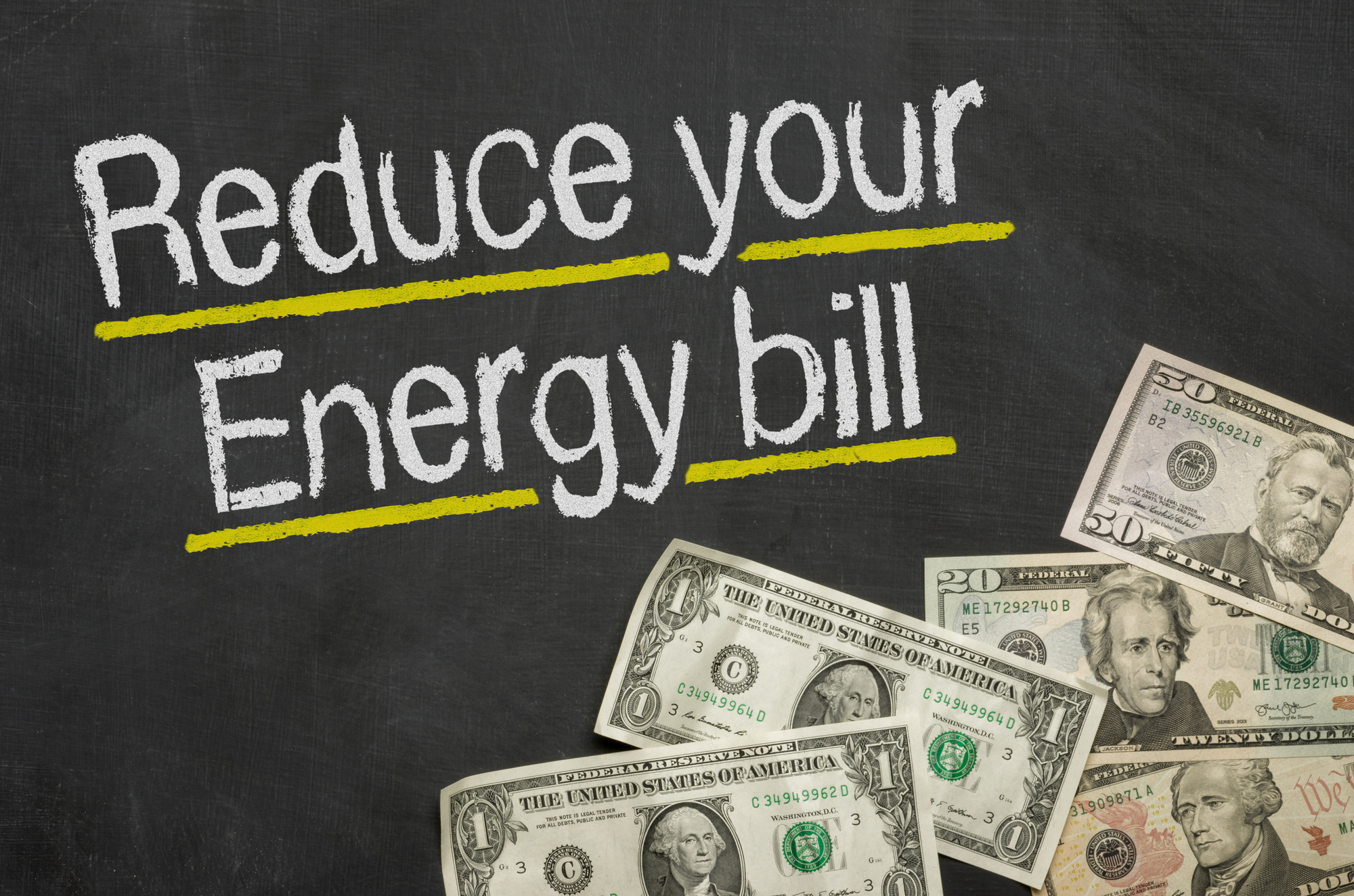Air conditioning accounts for about 17% of a typical US home’s yearly electricity bill. So, if you pay $1,500 a year for electricity, $255 of that is for your air conditioner electricity bill alone.
That’s already a lot, but if you have an inefficient AC, you could end up paying even more. Especially this 2021, considering the projected hikes in residential electricity rates. The US EIA forecasts prices to go up to 13.50 cents per kilowatt-hour this 2021 from last year’s 13.20 cents.
That doesn’t mean you should just accept your high bills, though. However, you first need to know the link between a high electric bill and air conditioner issues. This way, you can take steps that will let you keep using your AC for less.
This guide will discuss how your AC may be costing you more than necessary and what you can do about it, so be sure to read on.
1. Clogged AC Filter
Your air conditioner’s filter protects your cooling equipment from airborne contaminants. It captures solid particles like dust, dirt, debris, pet dander, and shed skin. Without the filter, your AC’s interior components will develop layers of residue.
Residue, in turn, can have insulating properties. As a result, your air conditioner will have a hard time doing its job of cooling indoor air. It has to work harder, and this “overtime” can spike your electricity bills.
A dirt-clogged AC filter also has impaired airflow, so too little air can get into the system. Since there’s less air for it to cool, it’ll take longer for the equipment to lower the indoor temperature. The longer this goes on, the more energy it uses, and thus, the higher your electricity bills.
Changing your filter once every one to three months can help keep your entire AC clean and efficient.
2. Grimy AC Grilles and Vents
Air goes in and out of your air conditioner via the equipment’s grilles and vents. Like the filter, these parts can also get clogged with residue over time. They may also get blocked by furniture or even plants.
Your grilles and vents are among the easiest AC components to clean, as most are visible. You can simply vacuum these once or twice a month to remove dust and dirt build-up. Be sure no furniture or indoor plants obstruct their airflow, either.
3. Dirty Evaporator Coil
The evaporator coil is a cold loop of metal inside your air conditioner’s indoor unit. It remains cold because cold liquid refrigerant runs through it. It also needs to stay cold because it’s this part of your AC where warm air turns into cool, comforting air.
If the evaporator coil is all grimy, it can’t cool the air properly. Again, that’s because of residue, which serves as a barrier between the warm air and the cold metal.
Replacing the filter as needed prevents excessive residue build-up on the evaporator coil. However, it’s still best to have your AC professionally cleaned and tuned up at least once a year. This way, the licensed AC tech can give your entire air conditioner a deep cleaning job.
4. Dusty Condenser Coil
Aside from the evaporator coil, your AC also has a condenser coil. This one is hot, though, unlike the evaporator coil.
It’s in the condenser coil where refrigerant gas turns into liquid. From there, the liquid refrigerant moves to the evaporator coil.
Because the condenser coil is hot, it needs a fan to help prevent it from overheating. That’s what the condenser fan does: blow air against the coil. The hot air then moves out of the AC and into the outdoor air.
Dust build-up can keep the heat trapped within the condenser coil. If the coil gets too hot, so can the liquid refrigerant. If the chemical gets hotter than necessary, it can take a longer time to become cold enough.
That can then result in a prolonged AC cooling cycle. The longer the cycle is, the more energy the equipment uses. You’ll then find this excessive energy use reflected on your higher electricity bill.
Pre-seasonal AC maintenance is one of the best ways to prevent condenser problems. The HVAC tech will clean this part of your AC alongside the evaporator coil.
5. Old Age
If your air conditioner is about 10 years old, it’s likely an energy vampire. Replacing it with a modern, energy-efficient unit can save you 20% to 40% on your AC electricity bill.
However, you can save even more if you invest in an Energy-Star rated air conditioner model. These are the most energy-efficient, government-approved air conditioners in the market.
Not all HVAC contractors carry Energy-Star AC units, though, and neither do they have the training to do so. So, as advised by this article on Walrathhvac.com, be sure to ask if a contractor works with Energy Star ACs. This way, they can help you choose the best energy-efficient model for your cooling needs.
6. Leaky Ducts
Another link between a broken air conditioner and a high electric bill is the duct system. Damaged ducts can contribute to inconsistent hot and cold spots all over your home. Worse, leaks in air ducts can waste up to 40% of heating and cooling energy.
Your yearly AC maintenance will reveal duct problems that require repairs ASAP. Be sure to get these fixed right away, as you don’t want your comfort, health, and wallet to suffer.
Time To Reduce Your Sky-High Air Conditioner Electricity Bill
As you can see, there are at least half a dozen ways your air conditioner electricity bill can go through the roof. However, so long as you maintain your air conditioner, a lower electric bill is attainable. If your AC is too old, though, it may be time to get an Energy-Star replacement.
Looking for more ways to save and thrift up while keeping your home comfy and healthy? Check out our other informative posts for more hacks like this then!
